Please note: In October 2020, we updated the DXOMARK Camera test protocol. Version 4 now includes image preview tests and a wide range of new test scenes as part of our new trustability evaluation which measures the camera’s ability to deliver consistent still image and video quality across all shooting scenarios. We have retested this device using the new version 4 of the test protocol and produced this completely updated review. For more information, please see our article about preview, trustability and other version 4 updates of the DXOMARK Camera test protocol.
The Samsung Galaxy Note10+ 5G is the South Korean manufacturer’s previous flagship “phablet,” now replaced by the Note20 series. Originally launched in August 2019, the Note10+ 5G features a large 6.8-inch AMOLED display with 1440 x 3040 (495 ppi) resolution, and is powered by the Exynos 9825 chipset with a whopping 12 GB of RAM. The camera setup offers no fewer than four sensors, including a standard 26 mm primary camera, a 13 mm ultra-wide camera, a 52 mm tele-lens, and a dedicated time of flight (ToF) sensor for depth estimation in portrait mode. The primary camera uses a 12 MP sensor with 1.4µm pixels coupled to a variable-aperture f/1.5-2.4 lens with dual-pixel autofocus and optical image stabilization (OIS). The ultra-wide-angle boasts a higher-resolution 16 MP sensor with 1.0µm pixels and a fixed-aperture f/2.2 lens. The tele-camera comes with a 12 MP-resolution sensor and a slightly brighter f/2.1-aperture lens. The device also captures 4K video at 30 fps in default mode, with 60 fps available.
Read on to find out how the Samsung Galaxy Note10+ 5G performed under the brand-new version 4 of the DXOMARK Camera test protocol.
Update summary
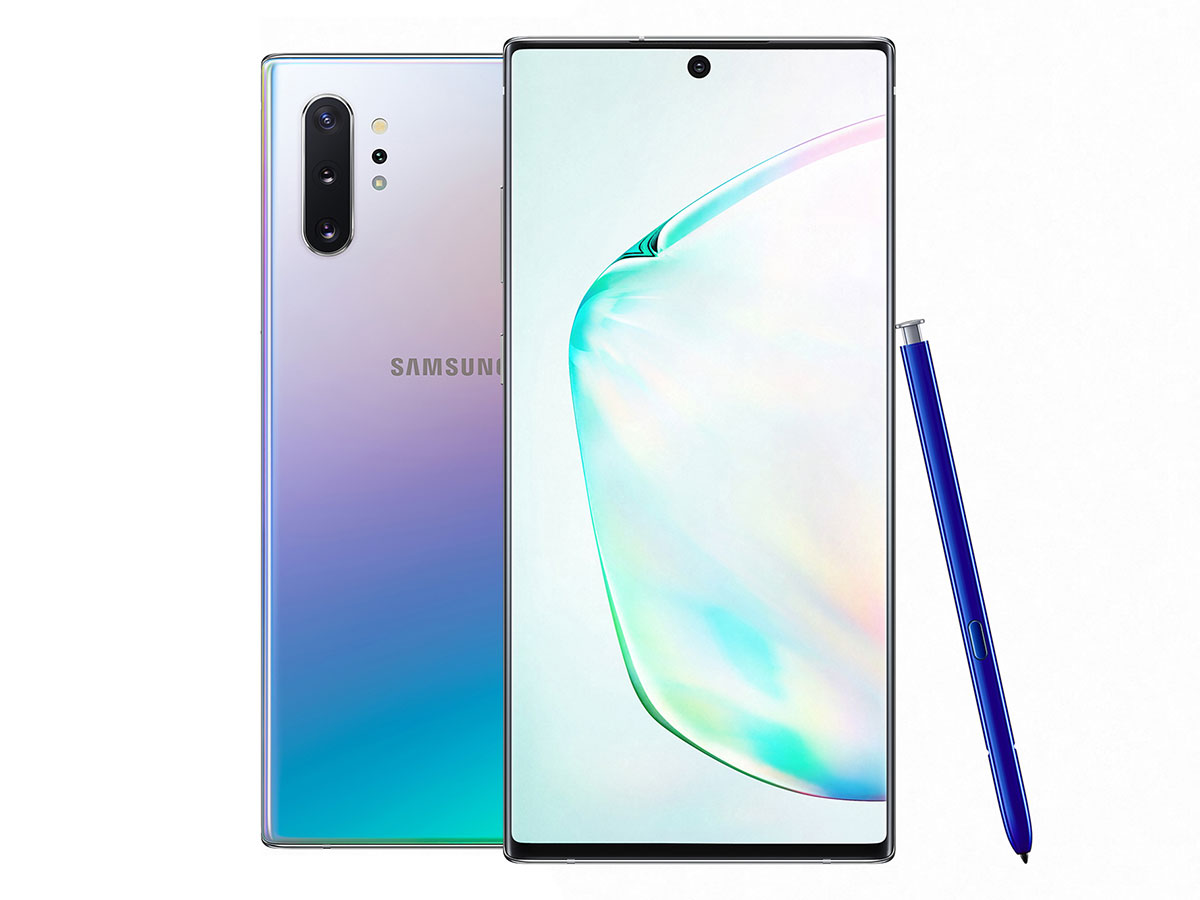
Samsung Galaxy Note 10+ 5G (Exynos)

An updated DXOMARK Camera overall score of 116 for the Galaxy Note10+ 5G puts Samsung’s 2019 phablet device just behind the leading pack of 2020 flagships in our latest scoring system. Broadly speaking that ranking holds true across our 3 sub scores, where the Note10+ 5G achieves a Photo score of 118, Zoom score of 67 and Video score of 105. There are a couple of notable exceptions for its performance in individual categories however. For example, the Note 10+ 5G secures excellent scores for bokeh and ultra-wide shots – where it can go toe to toe with the latest 2020 devices – and offers great video color, too. On the flip side, its video stabilization score is low compared to many devices we’ve retested.
Previously a top-ranked device in our database, the Samsung Galaxy Note10+ 5G is still a very solid performer for stills. The primary camera does a great job with the basics, delivering accurate target exposures and wide dynamic range in both outdoor and indoor images. Colors are vivid and pleasant in most conditions, although occasional white balance errors are visible, including a blueish color cast in cloudy outdoor conditions. The texture-versus-noise tradeoff is fairly well controlled, too, so in general you can expect good detail and low noise. That said, there are a couple of specific issues our testers noted, including occasional unnatural rendering of fine textures, as well as slightly visible luminance noise in dark areas in indoor and outdoor shots. Depth of field is slightly limited, possibly as a result of the variable-aperture lens on the primary camera, but the Note10+ 5G includes an effective flash module capable of delivering high detail on portraits shot in low light.
Some depth estimation errors occur when shooting in portrait mode, with edge artifacts visible around the subject, but the depth-of-field effect is pleasant, with images displaying a realistic blur gradient and well-contrasted bokeh spotlights. The tele-camera is also very good at close and medium range, with these zoom shots displaying a good detail, but there’s a noticeable loss of resolution in the Note10+ 5G’s long-range zoom shots.
The Note10+ 5G is also a very capable device for capturing video. Tested at its 4K/30 fps setting (which offers the best results), the texture-to-noise ratio is fairly high in outdoor and indoor conditions, where you can be confident of good detail with relatively low levels of visual noise. It’s slightly less successful in low light, however, where strong and coarse noise can be a little distracting. Our analysis of video color rendering is similar, with the Note 10+ 5G delivering bright and well-saturated color in outdoor and indoor videos, but it suffers a bit in low light, with color casts often visible under low artificial lighting.
Video autofocus is fast, with good tracking capabilities, as well as generally stable performance that avoids any significant overshoots or hunting. The stabilization system isn’t quite as effective, however. While users won’t have too many complaints about handheld static videos, if you’re capturing movies while walking, expect to see some residual motion effects on playback. A couple of visible artifacts, including color quantization and ringing, resulted in a small point deduction in the Note 10+ 5G’s video score, but on the whole the device is a solid performer when capturing moving images.
Preview
With noticeable variations in image quality between preview and capture in both standard and bokeh shots, the Note10+ 5G isn’t one of top-ranked devices in this category. Shooting in high-contrast conditions, dynamic range in preview is limited, with overexposed highlights, and target exposure on faces is often quite dark in low light. You can see in the HDR example below that captured images display more detail in the sky and slightly better target exposure on the face compared to the preview image.
In portrait mode, bokeh simulation isn’t always activated in preview, and our testers observed some failures, notably under indoor lighting conditions. The device does provide an on-screen “effect-ready” confirmation for reassurance that the effect will be applied and a face has been detected. Although this is a useful feature, it doesn’t impact the score in our analysis. The depth-of-field effect displayed is also a good likeness, with blur intensity and gradient comparable to the final capture. On the downside, depth estimation isn’t convincing, as edges of the portrait are often blurred, leaving some room for improvement for Samsung engineers in terms of this feature.
When pinch zooming, jumps in field of view are evident as the device switches between its three camera modules. Some focus breathing issues are also evident, especially using the zoom magnification buttons, where the device takes a second or two to snap the image sharp. Slight exposure and white balance instabilities are also visible under all lighting conditions, but we considered them generally acceptable, especially when using the zoom magnification buttons.
Samsung Galaxy Note10+ 5G Camera update review (originally published September 18, 2019)
Please note: In September 2019, we updated the DXOMARK Mobile test protocol to cover ultra-wide-angle performance and have renamed the protocol DXOMARK Camera. We also expanded our low-light testing and created the new Night sub-score, which incorporates the previous Flash score. We have retested this device using the new Wide and Night test protocols and updated this review. The updated elements and scores are right at the top; you can still find the original review further down the page. For more information, please see the articles about our new Wide and Night test protocols.
The Samsung Galaxy Note 10+ 5G is the South Korean manufacturer’s latest flagship smartphone, combining the processing power of the Exynos 9825 chipset with a large 6.8-inch AMOLED display and 12Gb of RAM. The rear camera comes with four sensors: a standard 26mm primary camera, a 13mm ultra-wide camera, a 52mm tele-lens, and a dedicated Time-of-Flight (ToF) sensor for depth estimation in Portrait mode. Read on to find out how the Note 10+ 5G performed in our new Wide and Night tests, as well as in our other test categories.
The Samsung Galaxy Note 10+ 5G achieves the highest scores among devices tested so far for both of our new Wide and Night test categories, thereby increasing its Photo score by 8 points and pushing its DXOMARK Camera overall score to a record high 117 points, up from 113. This means that it’s still ahead of the S10 5G and Huawei P30 Pro by one point in our updated ranking.
The Samsung’s wide-angle camera delivers the best performance we have seen in outdoor conditions, and is among the best for indoor lighting. At 12mm equivalent, it covers a wider field of view than most of its direct competitors and still manages to produce good image quality across the entire wide zoom range up to 20mm equivalent. Exposure, color, and detail are good in most conditions, and it controls distortion well. Some other artifacts, however, including ringing and chromatic aberrations, can be visible in some situations.
At 59 points (the best score in our new Night test), the Note 10+ 5G is tied with its cousin S10 5G and the Huawei P30 Pro at the top spot. The Samsung delivers a standout performance with the flash forced on, but images taken in flash-auto and flash-off modes generally show good exposure as well. There’s room for improvement in terms of detail and noise, however. The device offers a dedicated Night mode which can achieve better exposures than the default shooting mode, but is not an improvement in terms of image detail.

Wide
Samsung Galaxy Note 10+ 5G (Exynos)
42
58
The Note 10+ 5G is the best device we have tested so far with our new Wide test protocol. Thanks to the best performance in outdoor conditions and image quality that is among the best under indoor lighting, it achieves an excellent score of 42 points.
At 12mm equivalent, the Note 10+ 5G offers a wider field of view than many of its direct competitors and still manages to maintain good image quality across all tested focal lengths (from 12 to 20mm equivalent). Target exposure tends to be accurate and images show a wide dynamic range, with clipping observed only indoors. Color rendering is good, producing vivid and pleasant colors, and the auto white balance system produces good results even under artificial lighting.

As for detail, the Samsung does well in outdoor conditions but loses some points when shooting under typical indoor lighting. Noise is quite visible in blue skies, even when shooting in bright light, and noise levels indoors are slightly higher than the best-in-class devices.
As with pretty much any wide-angle camera, some artifacts are visible in Note 10+ 5G images, but distortion is well-corrected and only slightly visible in the corners of the frame. At minimum focal length, face deformation (anamorphosis) can be quite intrusive on people close to the edges of the frame, and chromatic aberrations can be often be spotted along high-contrast edges as well. In addition, our testers also saw some ringing and a slight loss of sharpness towards the corners of the frame. Overall, though, the Note 10+ 5G controls artifacts pretty well, especially when considering the camera’s very wide field of view.

Night
Samsung Galaxy Note 10+ 5G (Exynos)
59
82
At 59 points, The Note 10+ 5G is tied with the S10 5G and the Huawei P30 Pro for the best score in our new Night test. There’s still room for improvement, but as far as current smartphones go, Samsung’s flagship is as good as it gets for low-light photography.
When shooting in flash-auto mode, the flash occasionally triggers for landscape shots, even when it’s not capable of illuminating much of the scene. More sensibly, it mostly triggers when it detects a face in the frame. The resulting people pictures usually show good target exposure on faces, but if the scene is not illuminated by an ambient light source, the background tends to be completely black. Dynamic range is also low, with some clipping either in the highlight or shadow areas. The level of captured image detail is pretty low, too.
With the flash switched off, images show good exposure in night cityscapes, but detail is low and images show visible luminance noise. In extremely low light, the Note 10+ 5G is not capable of achieving correct exposure, and images tend to be strongly underexposed.
Exposure can be improved using the dedicated night mode, which is capable of producing brighter pictures than default photo mode, even in very dim conditions. This said, exposure is not as bright as in images captured with the Huawei P30 Pro’s night mode, and the level of captured detail remains low.
In very low light, your best option might be to force the flash on. In this mode, the Samsung delivers excellent results in both flash-only and mixed-lighting scenarios. There’s some vignetting and color shading, but portraits have nice skin tones (thanks to accurate target exposure and white balance when flash is the only light source); details are also well-preserved and vignetting is minimal. Mix in a little tungsten artificial lighting (5 lux), and flash shots remain very good on the Note 10+ 5G. Exposure and white balance remain accurate and very stable, and the Samsung achieves consistent results over consecutive shots.
Samsung Galaxy Note 10+ 5G camera review (originally published August 12, 2019)
The Samsung Galaxy Note 10+ 5G is the South Korean manufacturer’s latest flagship “phablet,” featuring a massive 6.8-inch AMOLED display with 1440 x 3040 (495 ppi) resolution. Powered by the high-end Exynos 9825 chipset, with a whopping 12Gb of RAM, there’s plenty of processing to handle a heavy work load.
The photography proposition offers no fewer than four sensors: a standard 26mm primary camera, a 13mm ultra-wide camera, a 52mm tele-lens, and a dedicated Time of Flight (ToF) sensor for depth estimation in Portrait mode. The primary camera uses a 12Mp sensor with 1.4µm pixels coupled to a variable-aperture f/1.5-2.4 lens with dual-pixel autofocus and Optical Image Stabilization (OIS). The ultra-wide angle boasts a higher-resolution 16Mp sensor with 1.0µm pixels and a fixed-aperture f/2.2 lens. The tele-camera comes with a 12Mp-resolution sensor and a slightly brighter f/2.1 aperture lens on the Note 10+ 5G compared to the S10 5G.
The device captures 4K video at 30fps in default mode, with 60fps available. We’ve put Samsung’s latest flagship through our comprehensive testing protocol. Read our full review to find out how it performed.
Key camera specifications:
- Quad-camera, including ToF sensor
- Primary: 12Mp sensor with 1.4µm pixels, 26mm (equivalent) variable-aperture f/1.5-2.4 lens, dual-pixel AF, OIS
- Ultra-wide: 16Mp sensor with 1.0µm pixels, 13mm (equivalent) f/2.2-aperture lens
- Tele: 12Mp sensor with 1.0µm pixels, 52mm (equivalent) f/2.1 aperture lens, PDAF, and OIS
- 4K video, 2160p/60fps (2160p/30fps default)
About DxOMark Mobile tests: For scoring and analysis in our smartphone camera reviews, DxOMark engineers capture and evaluate over 1500 test images and more than 2 hours of video both in controlled lab environments and in natural indoor and outdoor scenes, using the camera’s default settings. This article is designed to highlight the most important results of our testing. For more information about the DxOMark Mobile test protocol, click here. More details on how we score smartphone cameras are available here.
Test summary
Achieving a DxOMark Mobile score of 113 points, the Samsung Galaxy Note 10+ 5G becomes the top-ranked device for smartphone image quality in our database. An excellent performance across the board means that whether you’re shooting photos or videos, you can be confident of getting outstanding results from Samsung’s latest flagship device. While the scores are broadly similar to its stablemate Galaxy S10 5G, some fine-tuning of the processing algorithms has improved on the excellent image quality previously observed on Samsung premium devices.
For still photos, the Note 10+ 5G’s DxOMark Photo score of 118 ranks second in our database, just a point behind the Huawei P30 Pro. Exposures are consistent and accurate across a range of lighting conditions, with excellent results. The Note 10+ 5G also boasts very wide dynamic range when capturing images in very bright or in high-contrast conditions, where highlight and shadow detail is well-preserved and exposure on faces is generally spot on.
Generally neutral white balance, accurate rendering, and high levels of saturation ensure that color is vivid and pleasant in most tested conditions. Samsung has stuck with a 12Mp resolution for the Note 10+ 5G, but the sensor still manages to pack in plenty of detail, with particularly well-defined edges and intricate elements visible in good lighting conditions. It’s not the best device we’ve tested for noise, which can sometime become visible in lower light conditions, but broadly speaking, the Note 10+ 5G manages the texture-versus-noise trade-off well.
Providing an optical zoom solution at 2x magnification, the 52mm-equivalent lens records very high levels of detail, low noise, and good color in close-range zoom shots. It’s not quite as good at longer focal lengths when the digital zoom processing kicks in, but with a modest amount of pinch, zoom detail holds up well in good light, and aside from some minor noise and artifacts, image quality is reasonably well-controlled. Samsung has also improved the bokeh simulation in the Note 10+ 5G’s Portrait mode, too, with notably better texture on faces compared to the S10 5G. Subject isolation is generally very good as well, and a mild but pleasant depth-of-field effect includes nice spotlights and a realistic transition effect that blurs objects both in front and behind the subject.
Add to all that a fast, accurate and reliable autofocus system and an effective flash module, and the Note 10+ 5G delivers top-notch images across a variety of shooting scenarios.
Video performance is no less impressive, and a DxOMark Video score of 101 points makes the Note 10+ 5G the best overall device for capturing moving images that we’ve tested so far. Video exposures are accurate in almost all conditions, with fairly wide dynamic range ensuring good detail in the highlights when capturing videos in bright or high-contrast conditions. Video color is usually bright and vivid, too, and the Note 10+ 5G is capable of high levels of detail in its 4K videos, with well-managed levels of noise in both indoor and outdoor lighting conditions. Video autofocus is also fast and accurate, with good subject tracking; together with an effective stabilization system, you can be confident of nice smooth playback of movie files.
Photo scores explained
The Galaxy Note 10+ 5G’s second-place Photo score of 118 points is calculated from sub-scores in tests that examine different aspects of a device’s performance for still images under different lighting conditions. In this section, we take a closer look at how these sub-scores were determined and compare image quality against some key competitors.

Exposure and Contrast
Samsung Galaxy Note 10+ 5G (Exynos)
96
111
The Note 10+ 5G is a top performer for exposure, with good scores in all lighting conditions and slightly better measurements compared to the S10 5G in very bright light. Tested in the lab, target exposures are good in all lighting conditions between 5 and 1000 lux, with high levels of contrast ensuring pleasant results. In near-dark conditions of 1 lux, it’s not quite as good as the P30 Pro, which produces the brightest images in these conditions, but it’s noticeably better than the iPhone XS Max.
HDR processing is excellent in bright conditions outdoors, and in our challenging shady portrait test scene, the Note 10+ 5G achieved the best result, with great exposure of both the portrait and the background. The P30 Pro retained the most highlight detail of the three devices, but the Note 10+ 5G achieved better exposure in the shadow areas, as both the both the P30 Pro and iPhone XS Max underexposed the subject and the darker regions in their shots.
HDR rendering isn’t quite as good indoors, but the Note 10+ 5G achieved good target exposures overall, and reasonably bright images in challenging indoor scenes. In our back-lit indoor portrait, it also preserved highlights well in the bright areas outside the window, but the target exposure on the subject’s face was slightly low.

Color
Samsung Galaxy Note 10+ 5G (Exynos)
88
107
An excellent score for color, and although it drops a point behind the class-leading S10 5G in this category, the Note 10+ 5G remains a very good performer, with generally accurate white balance and pleasant color rendering in all lighting conditions. Color is particularly vibrant in outdoor images, and although high levels of saturation in sunny conditions might be too strong for some tastes, there’s no denying that the hues really pop. It’s not quite as impressive in cloudy conditions, with a slightly blueish color cast evident, but it’s not overly problematic and color remains strong.
Colors continue to be bold and well-saturated in indoor images, with accurate white balance generally achieved under a range of artificial light sources and mixed lighting conditions.
The Note 10+ 5G dropped a point compared to the S10 5G due to a slightly pinkish color cast and some minor color shading in low-light lab measurements, but both problems are far from concerning.

Autofocus
Samsung Galaxy Note 10+ 5G (Exynos)
99
109
The Note 10+ 5G achieves outstanding results for autofocus, which is fast, accurate and reliable in all lighting conditions. Samsung’s latest device matches the overall autofocus score of 99 points of the S10 5G and is just a point behind the top-ranked devices in this category (e.g., the P30 Pro and iPhone XS Max). This small difference is mostly due to the fact that the Samsung, unlike the Huawei and Apple devices, does not come with a raw buffer that allows for automatic selection of the best image from a burst. The Note 10+ doesn’t feature negative shutter lag either, but the autofocus is very quick and consistent. During our benchmark autofocus tests in which we defocus the device between shots and wait either a short (500 ms) or long (2000 ms) delay before requesting focus, the new Samsung consistently snapped into sharp focus in super-quick time.

Texture
Samsung Galaxy Note 10+ 5G (Exynos)
72
111

Noise
Samsung Galaxy Note 10+ 5G (Exynos)
77
102
The Note 10+ 5G displays a very modest improvement in detail preservation over the S10 5G, gaining an extra point over its stablemate in the texture category along with good results in all lighting conditions. Tested in the lab, static images display exceptional detail of around 80% acutance between indoor (100 lux) and outdoor (1000 lux) lighting conditions, with texture preservation dropping only slightly in low-light conditions (5 lux).
The Note 10+ 5G is also very good with scenes containing motion under indoor and outdoor lighting conditions, with acutance of around 70%, making it a good option for shooting moderate subject movement such as child portraits or street scenes. As with its competitors, subject motion isn’t as well-defined in low-light conditions, but it’s acceptable and about as good as you can currently get with a smartphone.
Scoring a maximum of 10 in our perceptual analysis of detail in outdoor images, the Note 10+ 5G is up there with the best performers in bright conditions, with intricate areas generally very well-defined. The only exception is some loss of detail in the dark areas in high-contrast scenes when the main subject is close to the camera; further, backgrounds are slightly softer if the camera uses its wide f/1.5 lens aperture setting. The Note 10+ 5G also controls luminance noise well in bright flat areas like the sky in outdoors images, although under close inspection noise is occasionally visible in the darker areas.
When viewing closely the comparison samples below, you can see that both the Note 10+ 5G and the S10 5G are capable of rendering excellent fine detail in bright light, but are just edged out by the Apple iPhone XS Max, which is still the class leader for bright-light detail.
As light levels drop, the Note 10+ 5G handles the texture-versus-noise trade-off well, and some fine-tuning by the Samsung engineers has improved it fractionally over the S10 5G in low-light conditions. Noise is sometimes visible in the darker areas of indoor images, and the P30 Pro offers cleaner results, especially in extreme low light, but the Note 10+ 5G isn’t far behind and is better than the iPhone XS Max, which can get quite noisy.
Shooting natural test scenes indoors, the results for the Samsung and Apple models almost match that of the P30 Pro, although the latter’s slight advantage for detail and noise is clear.
In low light (20 lux), the P30 Pro remains out in front. But between the Note 10+ 5G and iPhone XS Max runners-up, however, the Samsung device displays less visual noise, but also less clearly-defined fine detail than its closest rival.

Flash
Samsung Galaxy Note 10+ 5G (Exynos)
96
The Note 10+ 5G offers a very effective flash solution, with excellent results in both flash-only and mixed-lighting scenarios. That said, it’s a slight regression from the outstanding performance of the S10 5G, with flash shots from the Note displaying slightly more vignetting and color shading. Note shots are marginally better using flash as the only light source (0 lux), where accurate target exposure and white balance ensure nice skin tones on portraits; details are also well-preserved and vignetting minimal. Flash results at 0 lux are broadly similar to those of the P30 Pro and are a notable improvement over the iPhone XS Max, which isn’t great for flash, showing serious underexposure and evident vignetting.
Mix in a little tungsten artificial lighting (5 lux) and flash shots remain very good on the Note 10+ 5G. Exposure and white balance remain accurate and very stable, and the smartphone achieves consistent results over consecutive shots. So it’s only for the slight increase in vignetting and some color shading where the Note 10+ 5G dropped a couple of points for flash.
The Note 10+ 5G achieves a good score for artifacts. While some minor problems exist, they’re generally noticeable only when viewing images at large scale and aren’t too detrimental to image quality overall. The main penalties we applied were for ringing along high-contrast edges, as well as for aliasing, and for maze and moiré patterns, which are visible in most images. We also observed some other issues, such as some geometric distortion, ghosting, flare, fringing, color quantization, and a loss of sharpness in the corners of the frame, but these artifacts occur less frequently. So overall, while the Note 10+ 5G isn’t quite as strong as such top performers for artifacts as the iPhone XS Max, the problems are fairly minor on the whole.

Zoom
Samsung Galaxy Note 10+ 5G (Exynos)
76
Achieving 76 points for zoom, the Note 10+ 5G is one of the best-performing devices we’ve tested. Thanks to slightly better texture observed in images shot in the lab, the Note posts a small improvement of 2 points over the S10 5G’s score. Better texture is especially noticeable in indoor and low-light conditions, where the new model benefits from its slightly wider aperture; otherwise, the two devices are very comparable. The Note 10+ 5G’s 52mm-equivalent tele-lens is an excellent performer in all lighting conditions for close-range zoom, and results remain very acceptable at medium range in both outdoor and indoor lighting conditions, too. In fact, the Note 10+ 5G records the best fine detail in bright light that we’ve seen in close-range zoom shots (2x magnification), with a modest improvement in edge rendering compared to the P30 Pro and a significant improvement over the iPhone XS Max.
At medium range (~4x magnification), some ringing, hue shifts and color quantization start to become visible on close inspection, but the Note 10+ 5G continues to handle noise pretty well and detail remains good in bright light. The P30 Pro remains the leader for long-range zoom (~8x magnification), however, so expect to see a loss of detail in the Note 10+ 5G’s long-range zoom shots compared to the P30 Pro; this said, the Samsung device does a fractionally better job than the iPhone XS Max at these long distances.
In indoor zoom shots, the Note 10+ 5G continues to offer reasonable texture and detail preservation and is a slight improvement over the S10 5G. A little more noise and lower levels of detail are again evident compared to the P30 Pro, but the Note 10+ 5G continues to be better than the iPhone XS Max for indoor zoom at medium range.

Bokeh
Samsung Galaxy Note 10+ 5G (Exynos)
75
80
An outstanding result for bokeh, with the Note 10+ 5G the first device to achieve 75 points in this category. This is only a small improvement over what was already a very good bokeh implementation on the S10 5G, but slightly better subject isolation, spotlight rendering, gradient blur, and particularly texture on faces are all noticeably better. Better texture on faces is again likely due to the slightly wider aperture on the Note 10+ versus the S10 5G.
Depth estimation isn’t perfect, with some slight masking errors and artifacts occasionally visible, but a pleasant depth-of-field effect is consistently applied to both portraits and static objects when requested and blur transitions look natural, with objects both in front and behind the subject blurred.
Using Portrait mode indoors, texture rendering on faces has improved over the S10 5G, too; further, there is more detail compared to the P30 Pro, and less noise than the iPhone XS Max, thus giving the Note 10+ 5G the advantage for indoor bokeh shots.
The HDR in the Note 10+ 5G’s bokeh shots is also improved with respect to the S10 5G in high-contrast scenes, with better brightness in the shadows in portraits when the background is much brighter. The spotlight effect is also enhanced, with a good shape and contrast to the background bokeh, which the Note also renders more regularly. The only downside to the Note 10+ 5G’s bokeh simulation is a slight lack of contrast that can make images look a little flat in the shadows.
Video scores explained
With an overall Video score 101 points, the Samsung Galaxy Note 10+ 5G is a top performer for capturing moving images. The overall Video score is derived from performance and results across a range of attributes in the same way as the Photo score: Exposure (87), Color (90), Autofocus (96), Texture (73), Noise (79), Artifacts (84), and Stabilization (93).
Tested under lab conditions, the Note 10+ 5G offers excellent target exposures in videos shot under light sources between 5 and 1000 lux, and its results are very similar to those of the S10 5G and the P30 Pro. With the ideal range for target exposures between 40 and 60 L*, the Samsung, Apple, and Huawei devices offer good target exposures down to around 10 lux, but the Note 10+ 5G’s exposures are generally a little brighter compared to the iPhone XS Max’s. In extreme low light below 5 lux, target exposures hold up a little better on the P30 Pro, but the Note 10+ 5G’s videos remain just about usable in these conditions.
Dynamic range is fairly wide in the Note 10+ 5G’s videos, too, with the device generally preserving good detail in the highlights in high-contrast conditions. It’s not quite as good as the iPhone XS Max, though, as the Apple device records more detail in the shadow regions in bright outdoor scenes and provides smoother exposure transitions as the light changes.
Color is generally bright and vivid, with particularly bold hues in the Note 10+ 5G’s outdoor and indoor videos. Color is a little undersaturated in lower light conditions, but it remains acceptable. White balance is mainly accurate, too, with the exception of a slight pinkish color cast visible in the Note 10+ 5G’s low-light videos.
Detail preservation is another strength for the Note 10+ 5G’s videos, and Samsung has managed to improve texture over the S10 5G in low-light and indoor conditions. In both indoor (100 lux) and outdoor (1000 lux) conditions, the Note 10+ 5G’s 4K-resolution videos achieve excellent texture acutance scores of over 80%, with noticeably sharper detail compared to the 1080p files that the iPhone XS Max and P30 Pro capture in default mode. The Samsung also records more detailed textures than the P30 Pro and XS Max in indoor conditions, but it is not quite as good as other 4K devices such as the OnePlus 7 Pro. In low light, the Samsung applies fairly strong noise reduction that results in a noticeable drop in texture acutance.
The crops below show the same image area in each video still (unlike the 100% crops we otherwise use throughout this review) to illustrate the resolution advantage you get from the Note 10+ and S10 4K video mode over the iPhone’s 1080p resolution.
The Note 10+ 5G handles noise very well in most lighting conditions, so you can expect clean indoor and outdoor videos generally. It’s not so good in low-light conditions, however, where a build-up of a strong coarse noise is often evident. You can see against its main competitors that the Note 10+ 5G’s temporal noise is generally lower in good lighting conditions, while the P30 Pro is a little cleaner in low light down to 5 lux and again noticeably better in extreme low light.
In terms of video artifacts, the Note 10+ behaves very similarly to the S10 5G, with some strong aliasing and tone compression resulting in heavier penalties in this category. The Note 10+ 5G’s stabilization is very effective, however, with residual motion and judders well-controlled in handheld walking and panning videos. The Note 10+ 5G’s autofocus is also very competent when shooting video, and its fast response times and minimal refocusing mean that you can be confident of smooth video playback in most conditions.
Conclusion
With the continued improvement of camera performance for both mid-range models and cheaper flagship devices, there’s pressure on Samsung to keep improving the image quality on its premium devices. Fortunately, the new Samsung Galaxy Note 10+ 5G does just that. Thanks to hardware advancements such as a new chipset and a wider aperture on the tele-camera, improved algorithms and fine-tuning, the Note 10+ 5G has further improved on the excellent performance of previous high-end Samsung devices, making it the top-ranked device for image quality in our database. It’s a solid all-rounder, with excellent still image and video quality in most lighting conditions. The Note 10+ 5G’s combination of excellent exposure, color, detail and bokeh for stills, together with excellent all round video, means that it steals the top-spot spoils from the Huawei P30 Pro for now.
Pros Cons


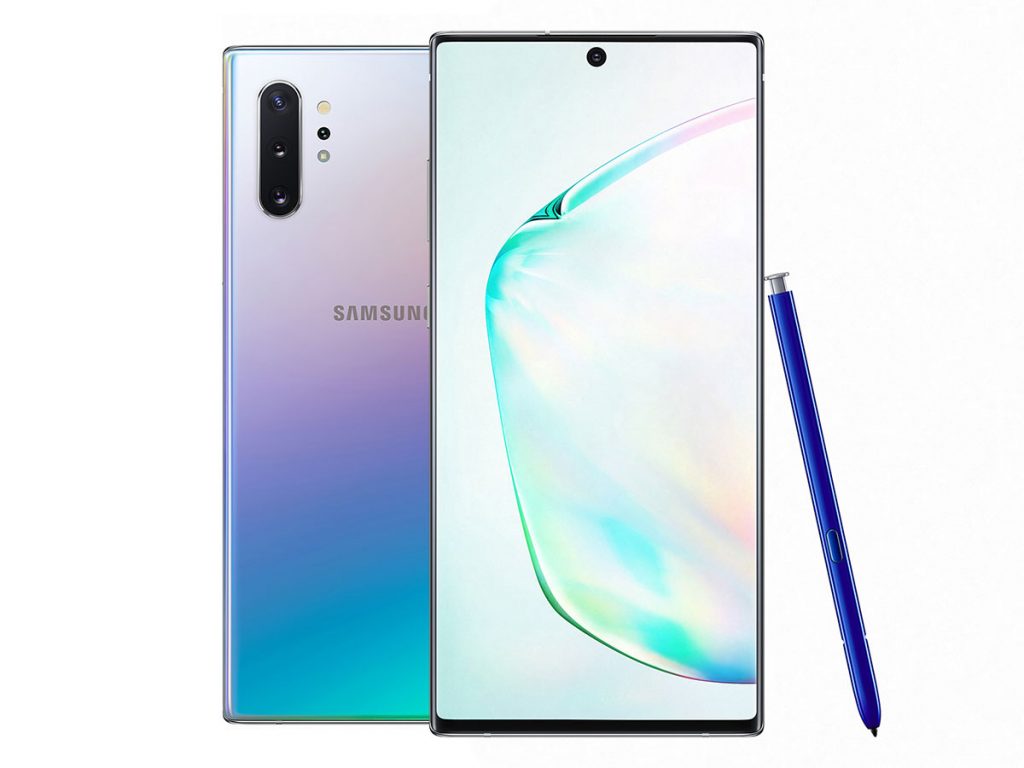




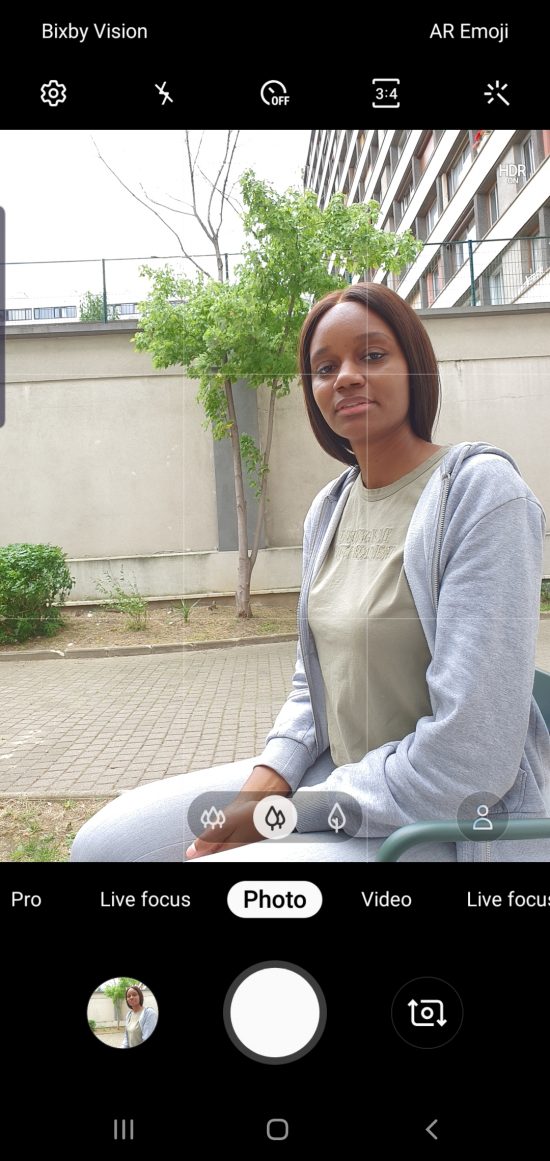

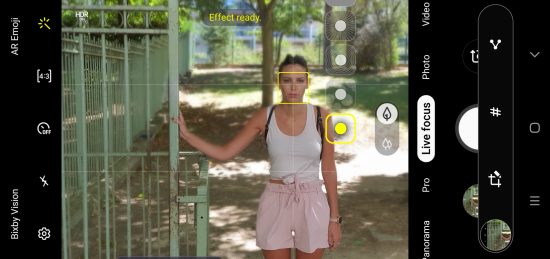


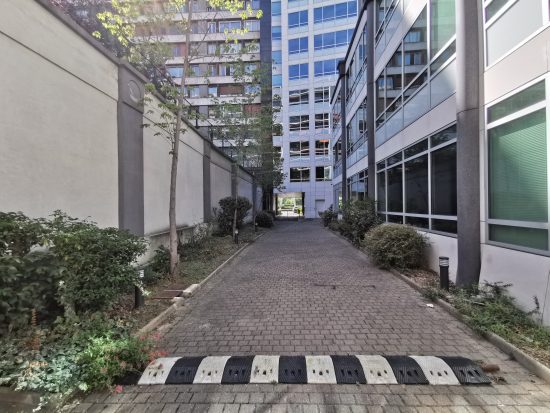
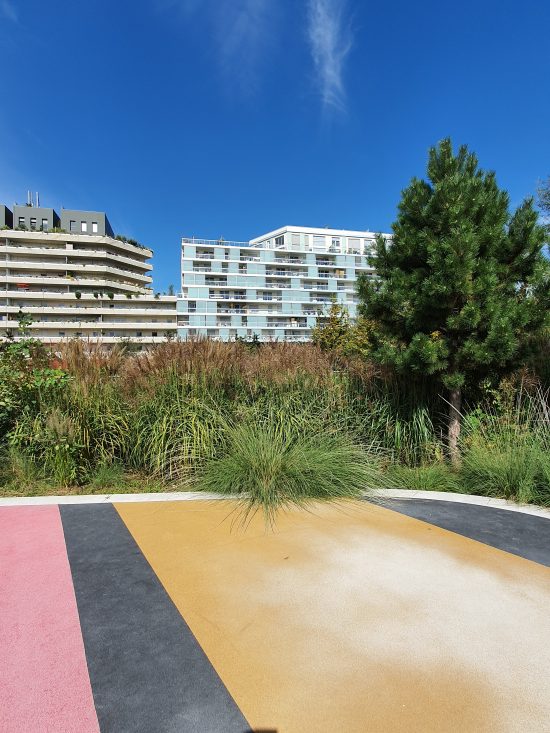
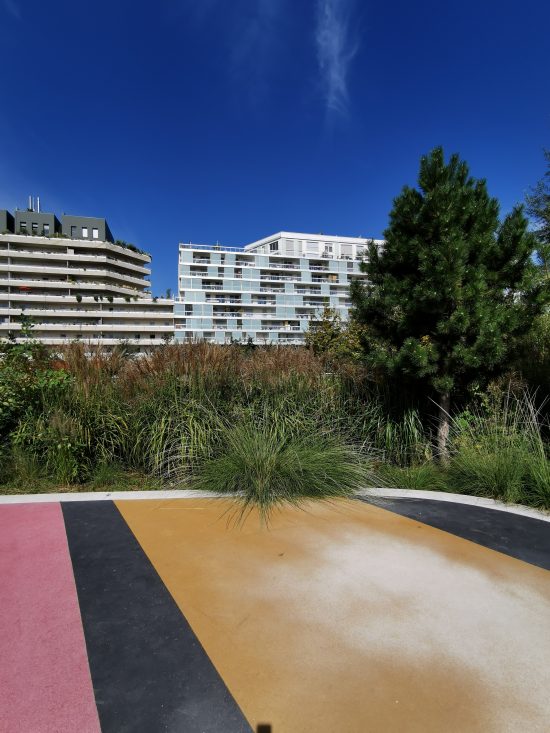
















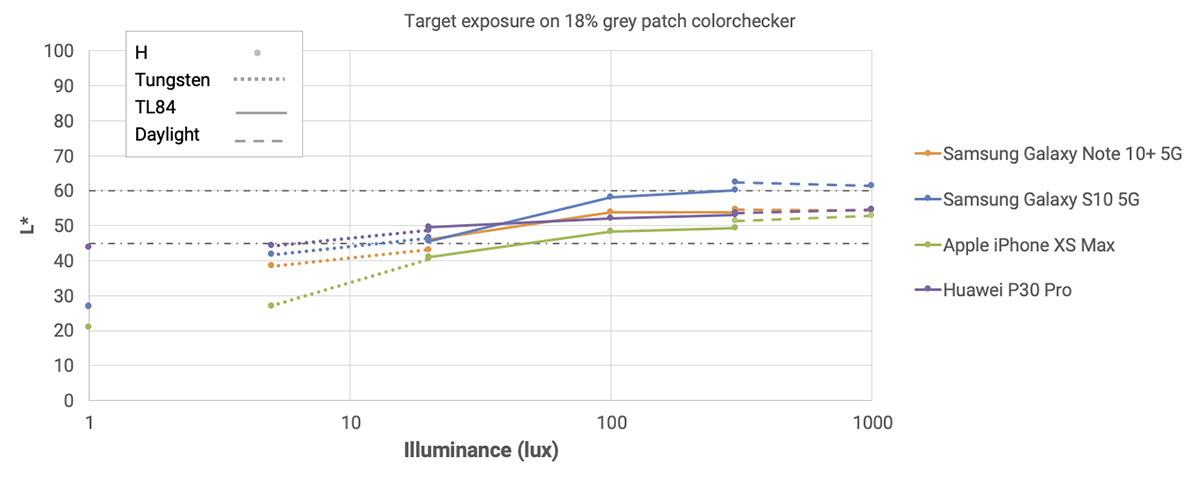


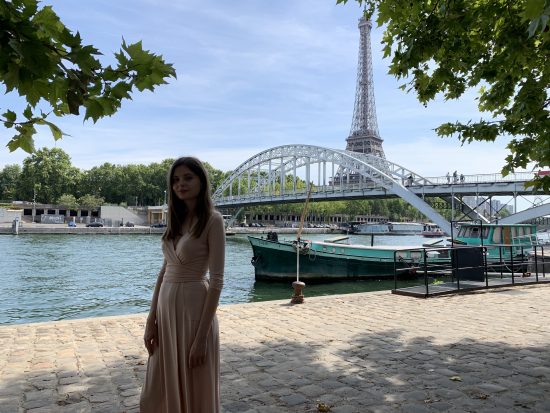









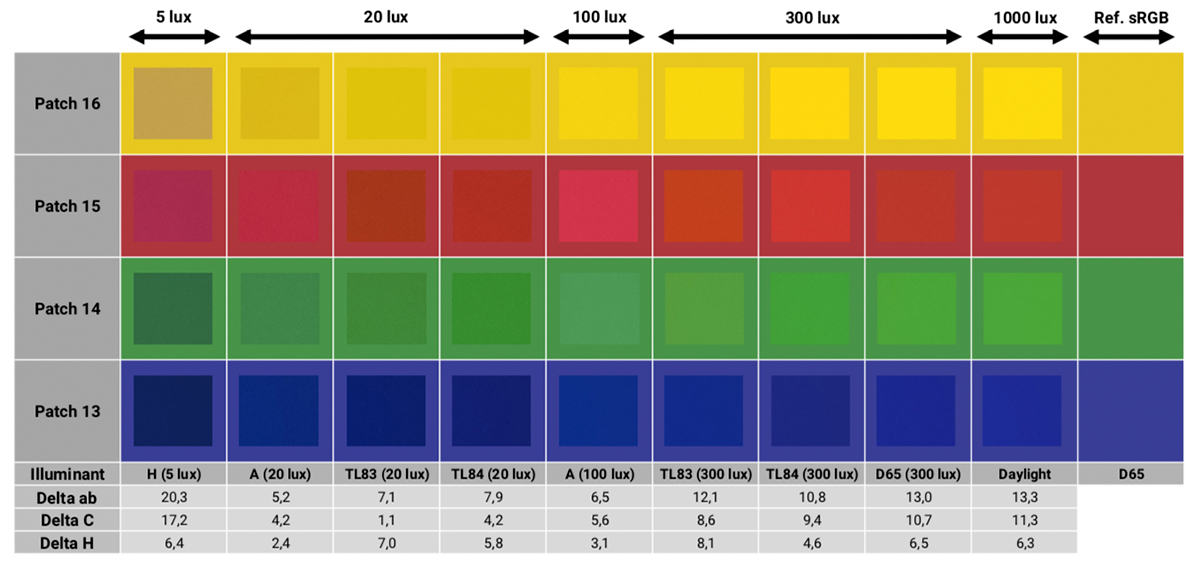
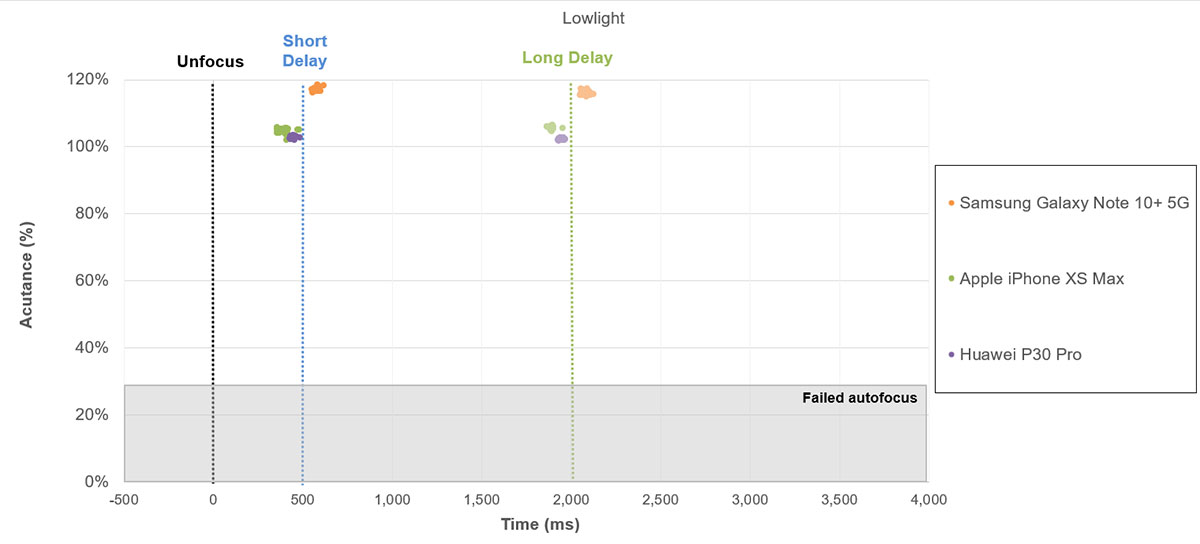




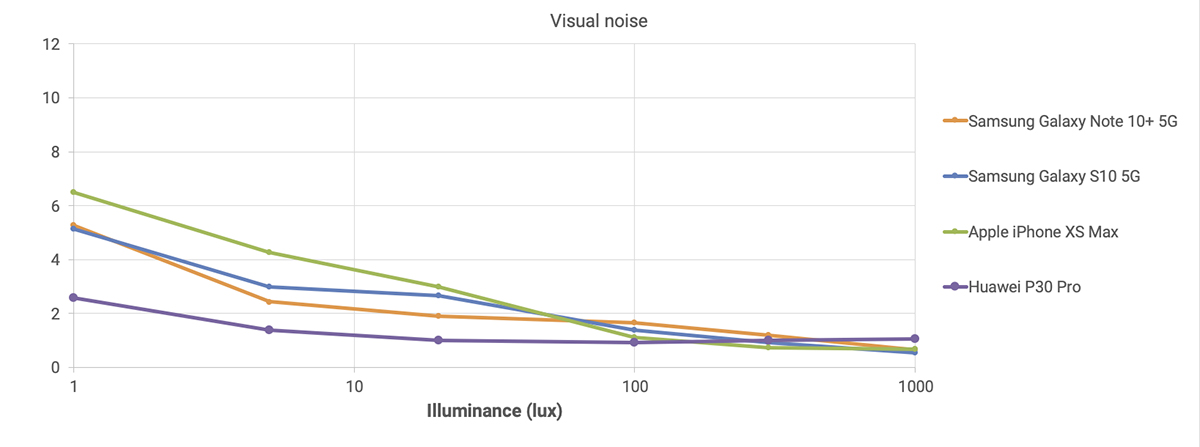
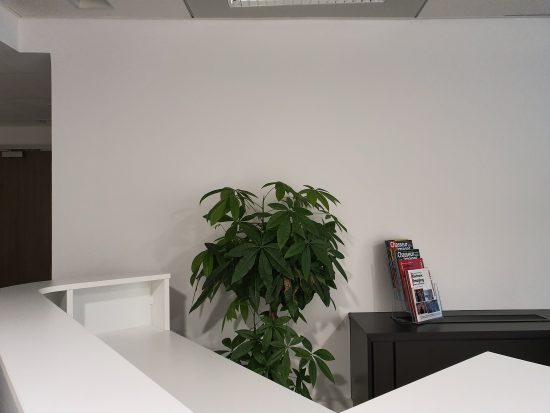
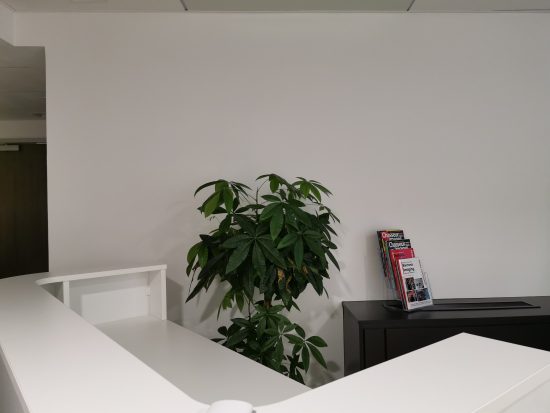









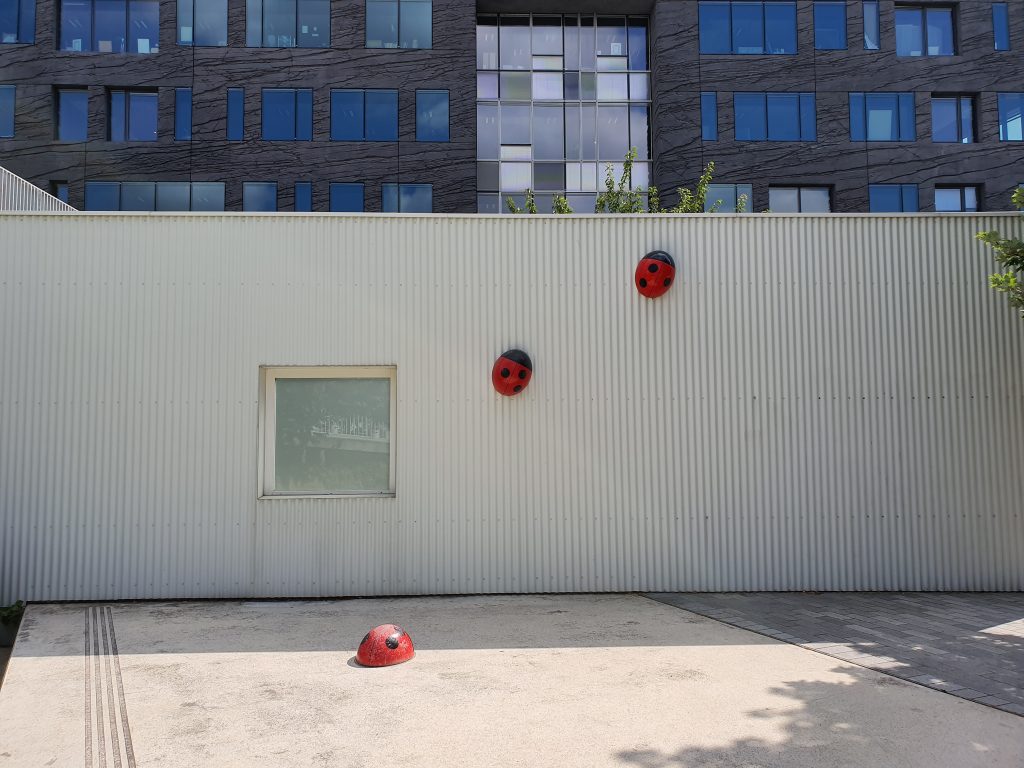






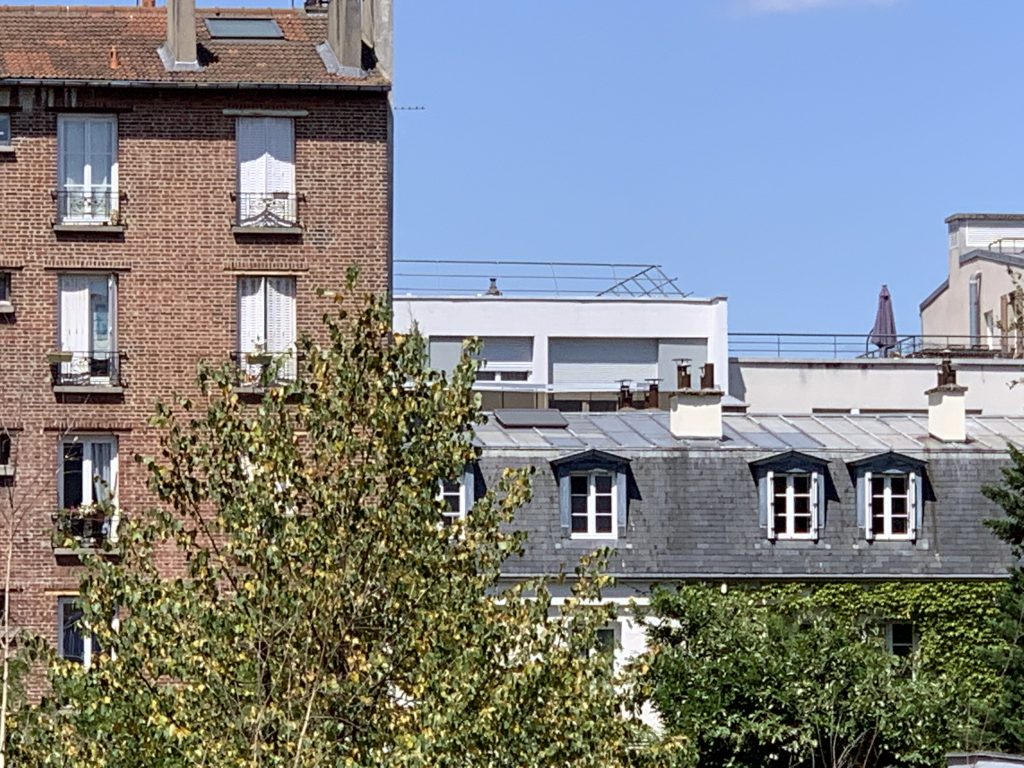

















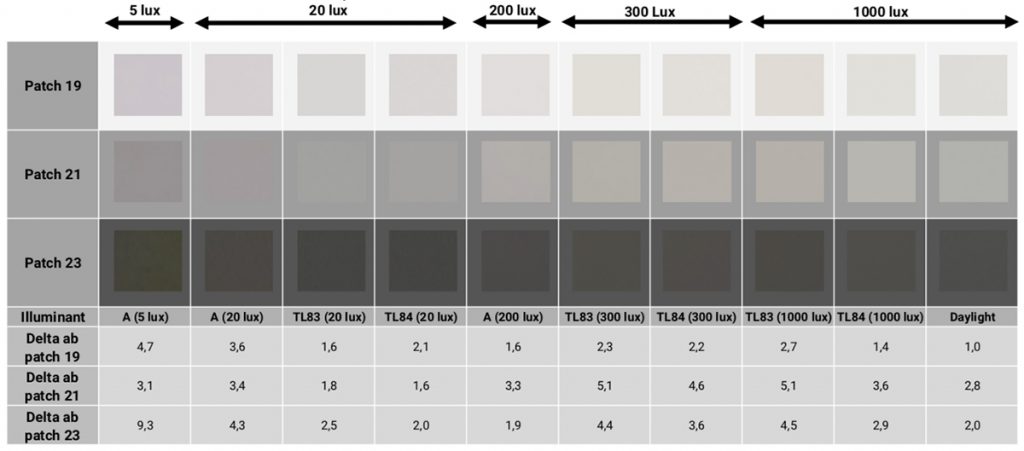








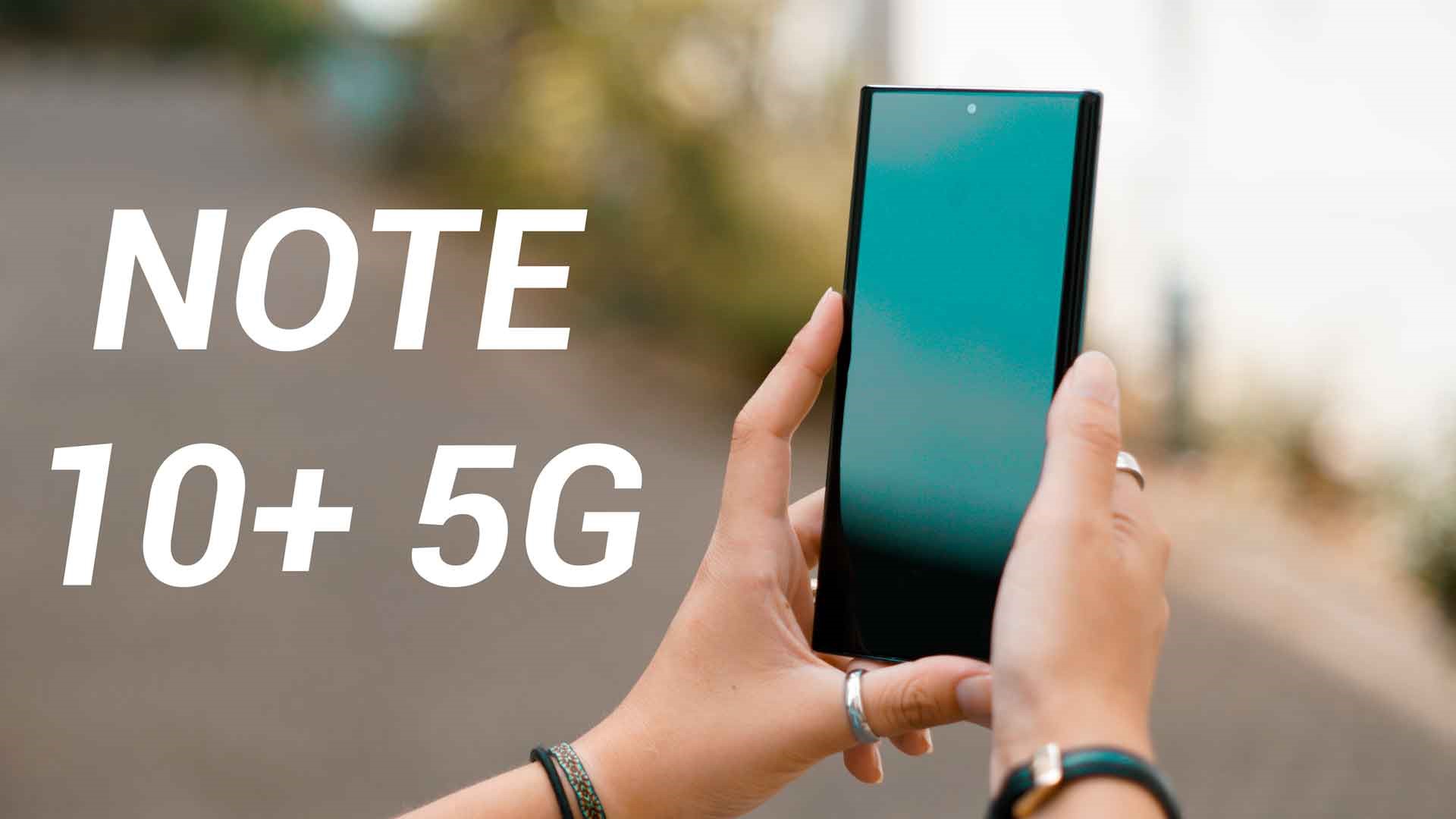




DXOMARK encourages its readers to share comments on the articles. To read or post comments, Disqus cookies are required. Change your Cookies Preferences and read more about our Comment Policy.